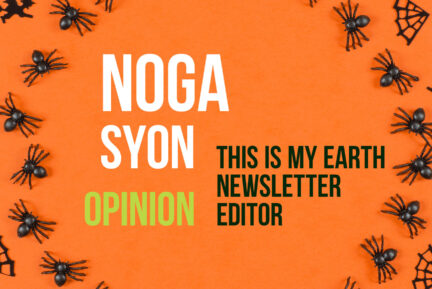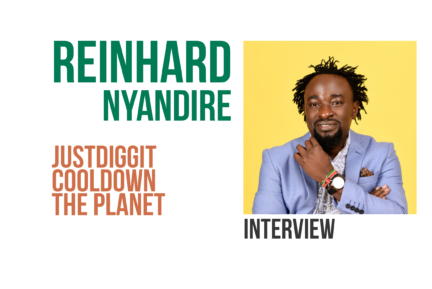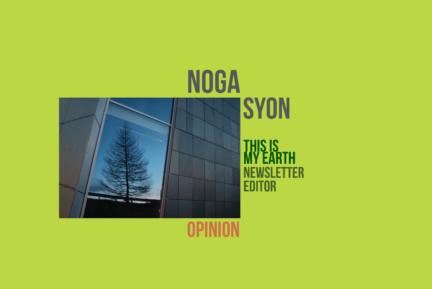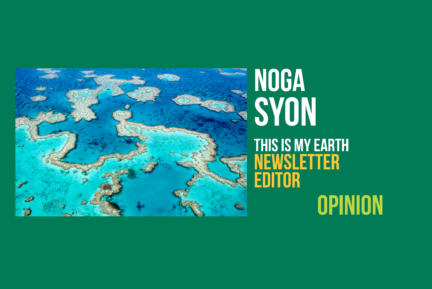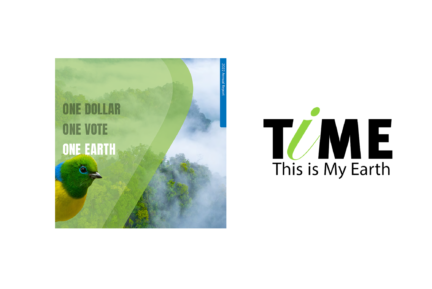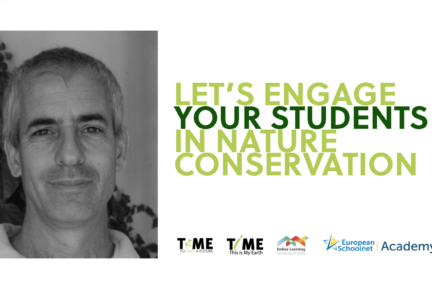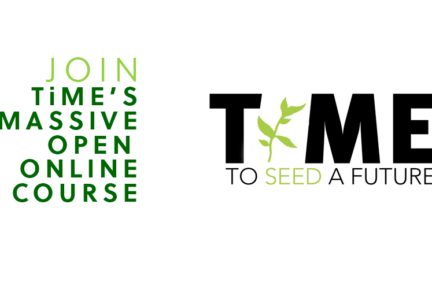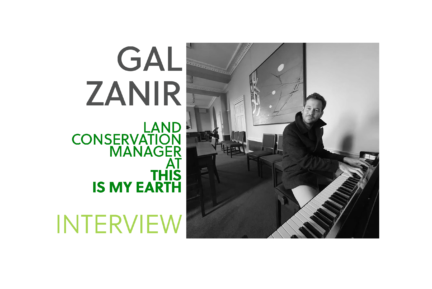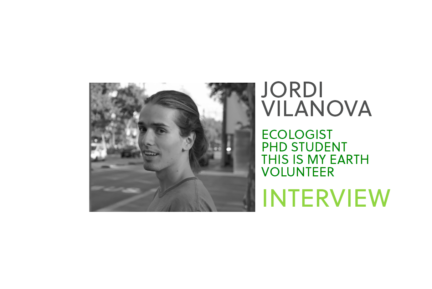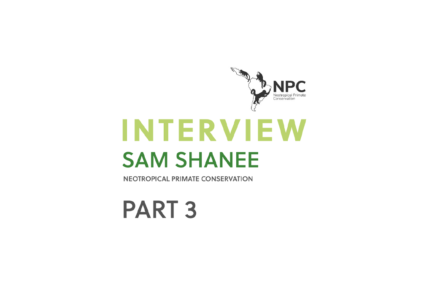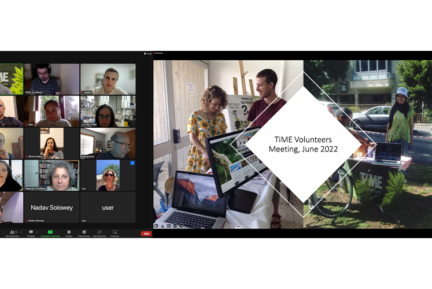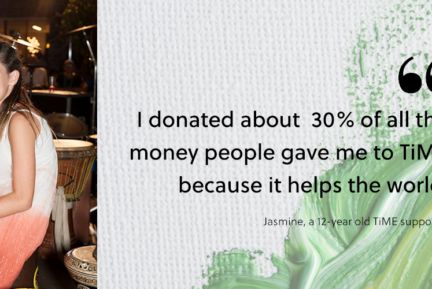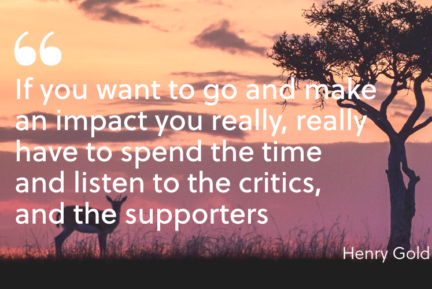
We had the immense privilege of interviewing Eddie Game, Lead Scientist for The Nature Conservancy’s Asia Pacific region. He has worked on conservation projects in more than fifteen countries and in environments including rainforests, coral reefs, grasslands, deserts and the open ocean. With him, we have talked about using ecoacoustics to analyze the health of forests, and the importance of organizing in communities like TiME’s to protect the world’s species. This is the second part of the interview. You can reread the first part here.
Another fascinating project is the ecoacoustics initiative. What can you tell us about it?
Through ecoacoustics, we analyze the sounds in nature. We are learning how much information is conveyed in sound.
We’re such visual creatures that pretty much most of our science around nature and around forests is about our observation of things that we can see and count with our eyes and/or see and count from space. We need pictures to see whether the forest is still there or not.
But a while ago, we started using acoustics because we realized that in environments like a rainforest, it’s really hard to get a kind of understanding of the forest detached from its sound. And that made a difference in understanding it. Animals in the forest are experts at hiding from us, and it’s hard for us to see. So we started this “sounds quest,” research for the healthy sounds.
The information contained in the overall sound, in the complexity of the sound, is what we call the soundscape. It is the acoustic equivalent of a landscape. We were blown away at how useful that was. It just tells you so much about the environment. It’s a great example of a piece of science that no other discipline can come up with.
What did you need to develop the sound-engineering technologies to monitor nature?
We needed acoustic engineers and computer programmers and sound technicians and people making cool bits of hardware. We built this really great community of people with all these different skills.
Many of them never thought of the environment or conservation because they were sound experts; they worked on sound recording in studios with music producers and labels. Suddenly, they focused on monitoring nature sounds to solve conservation problems.

What about the healthy forests? Do they resonate in a particular frequency?
Healthy forests resonate in lots of frequencies: between 20 and 20,000 Hz, which we cannot hear because it’s too high. That is the frequency range that most of the vocal animals we can think of make their noises in, from primates to frogs.
In a healthy forest, you have all those animals making sounds at all those different frequencies. And they all sound differently because they communicate differently with their peers.
And so, the landscape is full. It just sounds like a lot of noise! But when you put it on a screen, you can say, okay, there’s some sound here, there’s some other sound there, like the bars you would see on an equalizer — everything filled up with bars and sounds.
What do unhealthy forests sound like?
As a forest gets degraded, as people chop down trees or clear areas or shrink forests into smaller patches or hunt in them, you start to lose some of the species and, therefore, their frequencies. And you don’t even necessarily know which species you’re losing because of any given action, but you start seeing those holes appear in the soundscape.
So suddenly, there are fewer frequencies as the forest becomes more silent. We are seeing this after recording many forests across the Asia-Pacific region.
We often talk about the sound pollution of modern life and its influence on biodiversity loss, and that’s true. It’s happening. Nature is getting quieter. The forests of our world are getting quieter. The woodlands of our world are getting quieter in quite a dramatic fashion.
That is so sad.
We often think about destruction in visual terms, but silence is also very moving.
What long-standing evidence gaps do you think you’ll be able to fill thanks to ecoacoustics?
The cost of the equipment you need to record nature effectively has come down and people are making excellent little versions of it — sort of citizen-science contributions. We are gathering more and more evidence, and we are starting to provide better tools to collect evidence in more inaccessible places.
Twenty or thirty years ago, forest conservation was a domain of national parks and governments, or occasionally big companies. But now, many small local communities are taking care of their own surroundings and monitoring nature. We need clear guidelines and evidence to help them do their job. That way, they will also be able to ask for more funding to support their efforts.
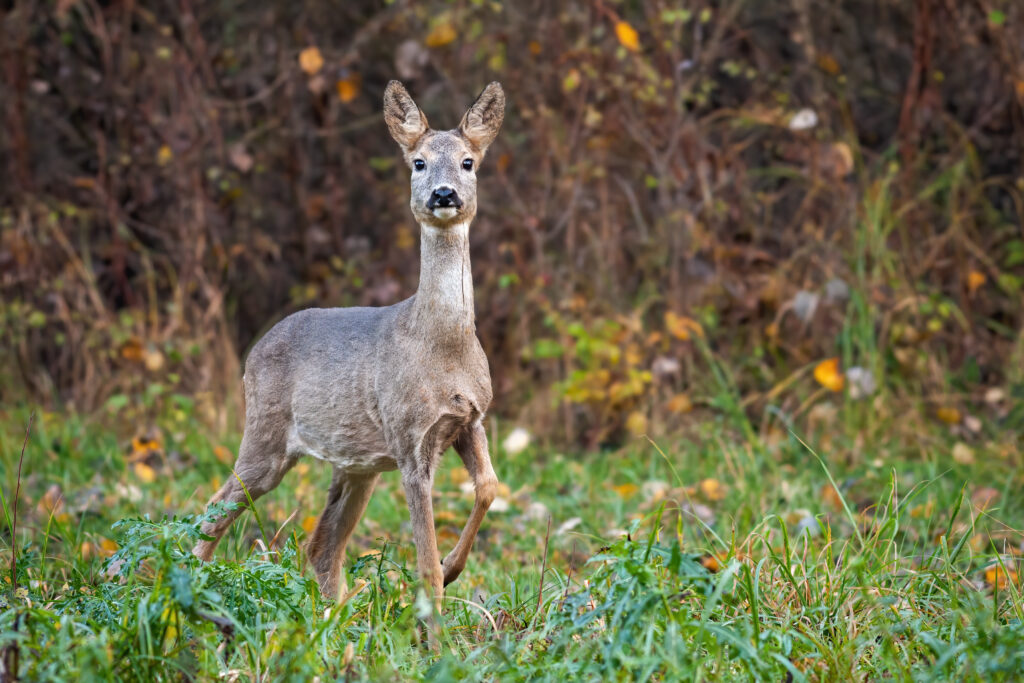
Do you have any data regarding the implications for animal health of the loss of sound?
There are some cool works on how animals are affected by other sounds and how they adapt to them, particularly in urban and peri-urban (the edge of urban) environments, where animals are first exposed to those sounds.
But I think it’s a fascinating question, and more research is needed.
You have a Ph.D. in marine conservation and decision science. What can you tell me about the relationship between both subjects?
I usually describe decision science as a field of applied mathematics and psychology. It’s the science that studies how we make decisions and how we collectively improve the way we make them.
Everyone is subject to biases, usually unconscious, in the way we make decisions. And especially when we’re making group decisions, biases are expected to be amplified. Decision science is the foundation of awareness of some of those biases, and understanding of some of the ways that you can address those things.
In some ways, if you’re aware of them, you can minimize their influence and understand what kind of inputs can be really helpful in making decisions. Sometimes, that’s just helping articulate where it is you want to go.
Conservation and ecology are small parts of any decision we make every day.
If you want to protect nature, look into the environmental community because there’s a place for you, there’s a career for you.
How is that connected to your book, Conservation Planning?
The book aims to help in the way we navigate our relationship with the natural world. Think about someone who lives in an urban area and is not very in touch with nature. We tried to make it as accessible as possible, and it’s very much taking the foundations of decision science and adding a particular kind of environmental context to that. Lots of university courses end up using it as a textbook.
The Nature Conservancy has a $1-billion budget, more than 600 scientists… What do you lack?
What do we lack? Oh, that’s a great question! What you’re trying to achieve through This is My Earth is what we don’t have. In my experience, most problems in the world are not actually about money. It is not the lack of resources that’s holding us back from solving them.
It is a collective willingness to want to work on fixing a particular issue and finding solutions. It is about building strong communities, like what you are doing through This is My Earth.
We need this sort of foundational cultural change, community leaders and community engagement, and passion for the conservation projects we want to achieve — because, in today’s societies, there are so many options, so many worries, and so much confusion about what really matters.
I guess, in the end, what we are all missing is this connection with people who live totally disconnected from nature. Sometimes, it feels like we are talking to a minority, but everything we do is essential for the survival of all.
What final message would you like to send to our community?
Organizations like The Nature Conservancy only thrive because of the people in communities like This is My Earth, people who bring good ideas and energy.
So my final message would be: “If you want to protect nature, look into the environmental community because there’s a place for you, there’s a career for you.”
Thanks!

